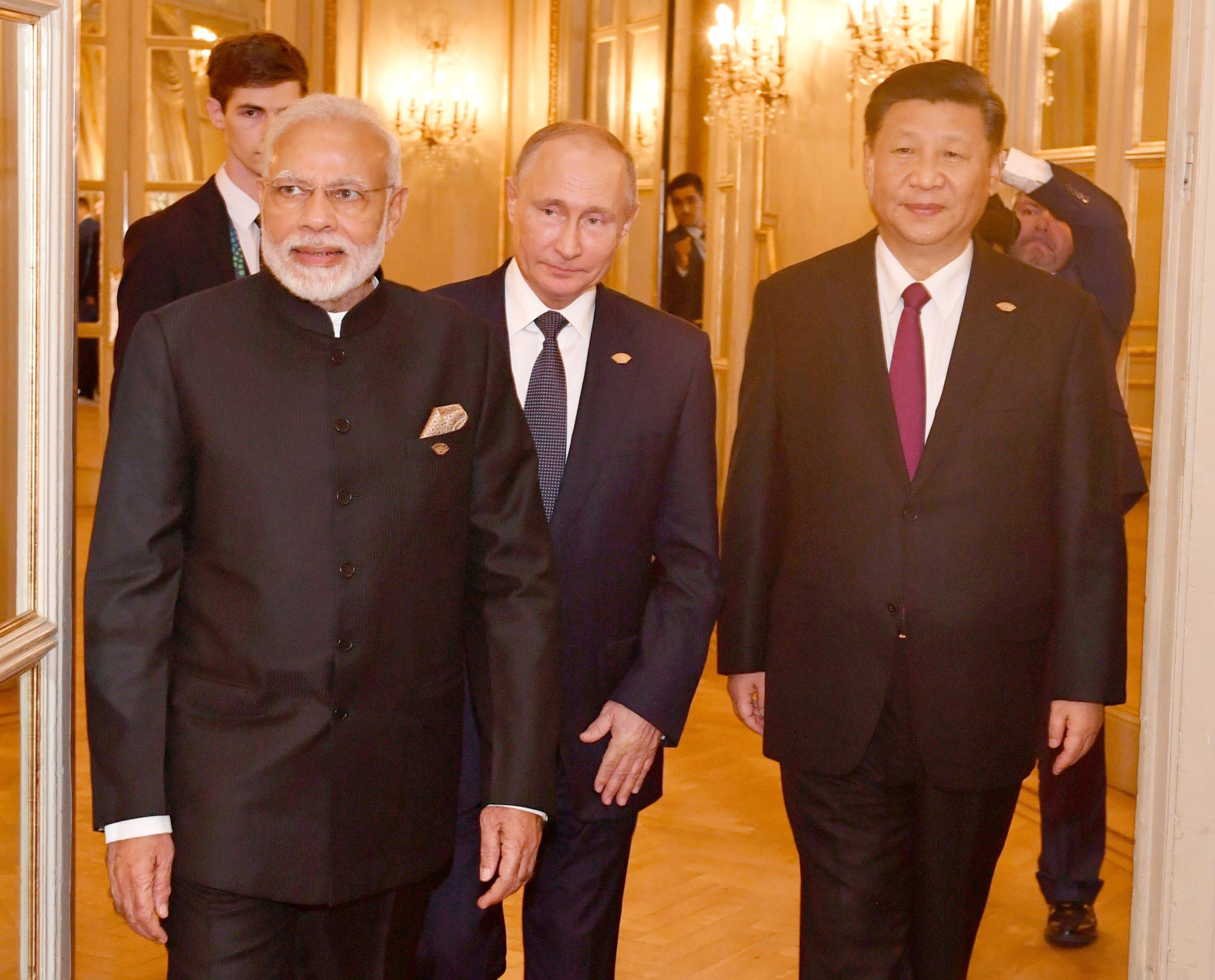
Despite India’s ardent wish, the world is nowhere close to becoming a multipolar system with India as one of the poles, or centres of power. Instead, today’s global system is best described as partially unipolar and nearing bipolar, with US influence waning and China arriving.
India’s best bet lies in embracing this bipolar competition and cultivating deeper ties with the US.
At a meeting of the Shanghai Cooperation Organisation (SCO) this month, Indian External Affairs Minister S Jaishankar reiterated that the world was moving closer to ‘real multipolarity’. But this is an unrealistic proposition. Organisations put in place by non-Western countries to constrain US power and encourage multipolarity are weakening as rifts among member states widen. Examples include the SCO and the BRICS mechanism for cooperation by Brazil, Russia, India, China, South African and, more recently, other countries.
Indian policymakers believe multipolarity could serve their country’s interests better, but they are wrong.
The US and China are the poles in the international system, as leading states that hold a disproportionate share of economic strength and military capabilities. The US economy was worth US$27 trillion in 2022, while China’s reached US$18 trillion. In third place, far behind those two, was Germany, with US$4.5 trillion. India’s economy had the fifth spot, with US$3.5 trillion.
In 2022, military spending was US$877 billion in the US and US$292 billion in China. The next 38 states spent around US$923 billion combined. While India’s defence budget was the fourth largest, at US$81.4 billion, just below Russia’s US$86.4 billion, it hardly compared with the leading two.
In other areas too, no other state has capabilities comparable to the United States’ or China’s. Both are technologically strong, and Washington has a huge alliance network.
India’s proclivity for multipolarity intensified after the dissolution of the USSR in the 1990s. In 1998, then Russian foreign minister Yevgeny Primakov proposed the Russia-India-China (RIC) alignment to constrain US hegemony. Relations were to be strengthened between emerging centres of power. India followed this proposal.
Then in 2006, dissatisfaction with US unilateralism in global governance paved the way for the formation of BRICS. The BRICS states used their distinctiveness and coalition building to construct a soft balancing mechanism for facilitating the rise of emerging powers (mostly themselves) and restricting US dominance. In 2017, India also became a formal member of SCO, a non-Western regional security grouping in Central Asia.
Success of these arrangements depended on rifts between members not getting in the way. But they are getting in the way, especially for India.
Beijing’s New Asian Security concept, unveiled in 2014, contradicts the underlying objective of these groupings not just to shift the power balance away from Washington but to distribute it more evenly. Instead, China intends to be a peer competitor to the US and covets Asian hegemony. This harms India’s regional primacy in South Asia and Russia’s assumption of sharing great power status with China.
India faces a severe Chinese threat along its borders. Its long-term friendship with Russia is weakening due to the latter’s shifting allegiance to China. Beijing has become a more valuable partner to Moscow in circumventing the West’s support for Ukraine. Moscow taking India’s side in a future contest over the border with China is now wishful thinking. Indeed, the likelihood of Russia positively backing China may be rising.
Ruptures in India’s bilateral relationships are threatening multilateral cohesion. Prime Minister Narendra Modi skipped this year’s SCO summit in Kazakhstan. Instead, Jaishankar attended and met Chinese Foreign MInister Wang Yi on the sidelines to form mechanisms to end the border stalemate. At last year’s summit, when India was the host, Modi expressed his waning interest in SCO by convening the meeting online rather than in person.
Previously, SCO meetings presided over by Russia facilitated gatherings of defence and foreign ministers from India and China after fighting broke out on their disputed border in 2020. But more recent Russian attempts through SCO and BRICS to mitigate bilateral tensions have been futile. Tensions thawed at the 2019 BRICS and RIC meetings after a 2017 Himalayan stand-off between India and China, but recurring border tension since then suggests the rupture between the two countries is irrepairable.
The assumption that BRICS countries differ markedly with the United States on global governance is also eroding. Research has found that, out of 47 cooperation areas between them, BRICS members differed from US preferences in only four: cross-border financial transaction, de-dollarisation, conventions on counter-terrorism, and energy security. This alignment indicates that it may be possible to reconcile India’s interests with America’s, as Russia’s influence wanes and China becomes more adversarial.
India needs to accept that the world is dominated by competition between the US and China. And India’s desire to become one of several poles cannot be fulfilled if China’s bid for hegemony in Asia succeeds, so it needs US support. As the US has similar concerns regarding China, India must leverage this to cultivate deeper military and technological ties with America. That is how it can strengthen its position on the world stage.